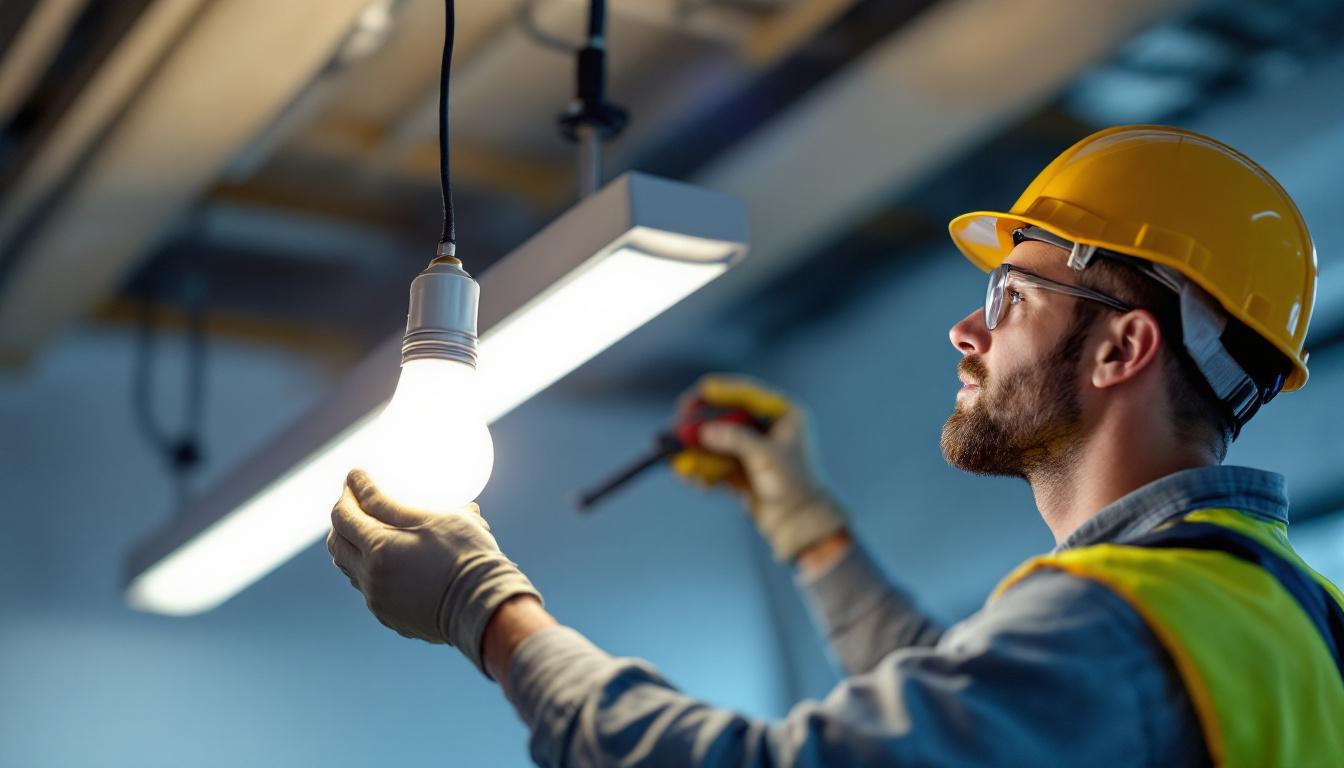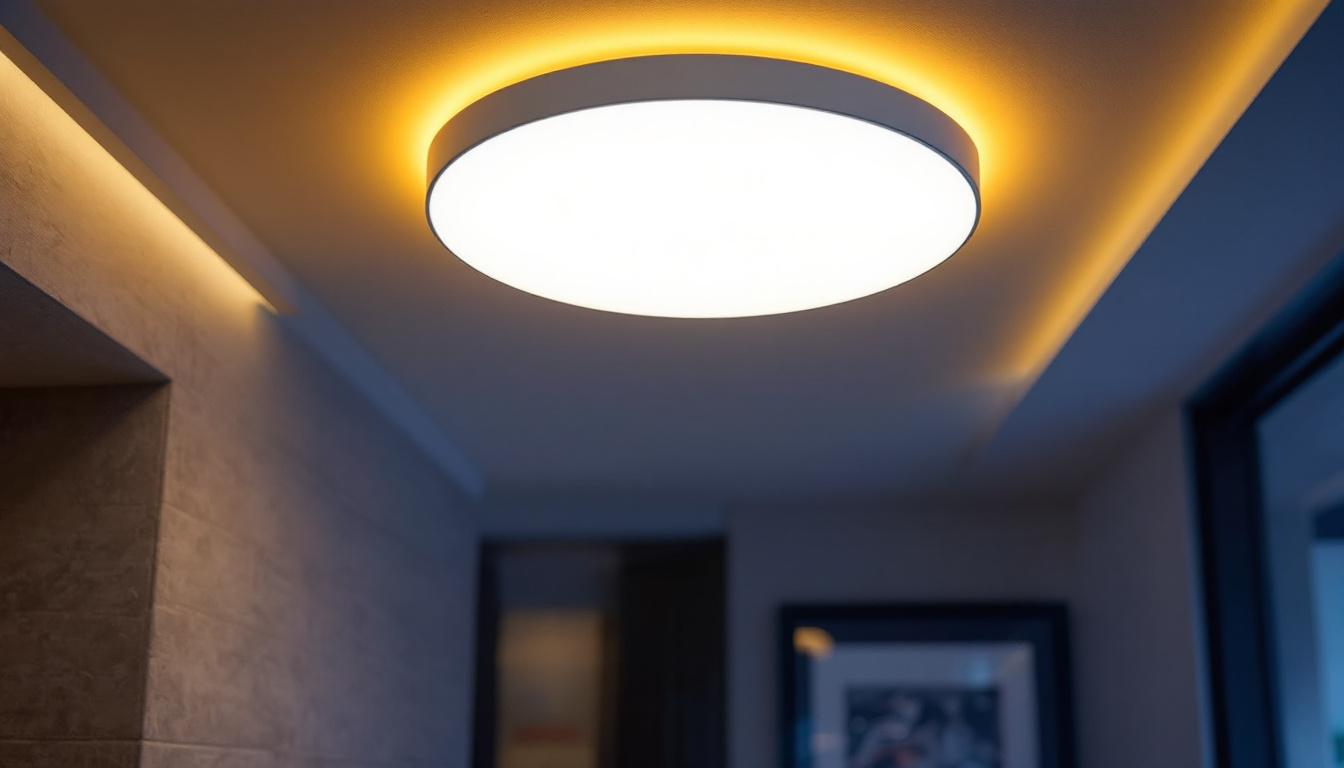
For lighting contractors, the integrity of electrical connections is paramount. Among these connections, plug twists—commonly known as twist-lock plugs—play a crucial role in ensuring secure, reliable power delivery to lighting fixtures and equipment. Unlike standard plugs, twist-lock plugs are designed to prevent accidental disconnections, which can lead to power interruptions, safety hazards, and costly downtime on job sites.
Mastering the art of installing and maintaining twist-lock plugs not only enhances safety but also elevates a contractor’s professionalism and reputation. These plugs are widely used in commercial and industrial lighting projects where durability and stability are essential. Understanding their design, application, and best practices is the foundation for any lighting contractor aiming to deliver flawless installations.
Twist-lock plugs are engineered with a unique locking mechanism that requires a simple twist to secure the connection, making them particularly effective in high-traffic areas where equipment may be frequently moved or adjusted. This feature is especially beneficial in settings like theaters, event venues, and construction sites, where the risk of accidental unplugging is significantly heightened. Additionally, these plugs come in various configurations and amperage ratings, allowing contractors to choose the right type for their specific project needs, ensuring compatibility with the equipment being used.
Moreover, the installation process for twist-lock plugs involves more than just connecting wires; it requires a thorough understanding of electrical codes and safety standards. Properly stripping the wires, ensuring tight connections, and using the correct tools are all critical steps that contribute to the longevity and reliability of the installation. Regular maintenance checks, including inspecting for wear and tear, can further prevent potential issues down the line, reinforcing the contractor’s commitment to quality and safety in their work. By prioritizing these practices, lighting contractors can not only safeguard their projects but also foster trust and satisfaction among their clients.
One of the first steps in selecting a twist-lock plug is matching it to the electrical specifications of the lighting system. Twist-lock plugs come in various configurations, each rated for specific voltage and amperage levels. For example, plugs designed for 20-amp circuits differ significantly from those intended for 50-amp systems.
Using a plug with an incorrect rating can lead to overheating, equipment damage, or even fire hazards. Lighting contractors should carefully review the electrical load requirements of their projects and consult manufacturer specifications to ensure compatibility. This attention to detail helps prevent costly rework and enhances overall safety.
Moreover, understanding the specific application of the lighting system can further refine your choice. For instance, high-intensity discharge (HID) lighting systems may require plugs that can handle higher surge currents during startup, while LED systems might have different requirements altogether. By taking into account not only the continuous load but also the inrush current, you can select a twist-lock plug that will perform reliably under all operating conditions, thus ensuring the longevity and efficiency of your lighting setup.
Durability is another critical factor when selecting twist-lock plugs. Lighting installations often occur in environments exposed to moisture, dust, and mechanical stress. Plugs made from high-quality thermoplastic or rubberized materials offer better resistance to environmental factors and wear.
Additionally, look for plugs with corrosion-resistant contacts and robust locking mechanisms. These features extend the lifespan of the connection and reduce maintenance needs, which is especially important in outdoor or industrial lighting applications.
In environments where extreme temperatures are a concern, such as in refrigeration or outdoor installations, selecting plugs that can withstand temperature fluctuations is vital. Some manufacturers offer twist-lock plugs specifically designed for extreme conditions, featuring materials that remain flexible and functional even in sub-zero temperatures or sweltering heat. This ensures that your lighting system remains operational regardless of the environmental challenges it faces, providing peace of mind and reliability in critical applications.
Before installation, lighting contractors should perform thorough safety checks. This includes verifying that power is disconnected at the source and using appropriate personal protective equipment (PPE). Ensuring a clean, dry workspace reduces the risk of accidents and contamination of electrical contacts.
Inspect the plug components for any signs of damage or manufacturing defects. Even minor cracks or deformations can compromise the plug’s performance and safety. Taking the time to assess the condition of the parts before assembly is a small step that can prevent significant issues later. Furthermore, it is advisable to familiarize oneself with the specific requirements and standards that apply to the installation of twist-lock plugs in the given environment. For instance, outdoor installations may require weather-resistant plugs, while indoor applications might have different specifications based on local electrical codes.
Installing twist-lock plugs correctly requires attention to detail and adherence to manufacturer instructions. Begin by stripping the cable jacket carefully to expose the conductors without damaging them. Use wire strippers calibrated to the appropriate gauge for the cable in use.
Next, connect the conductors to the plug terminals, ensuring that the wiring matches the color coding and terminal markings. Tighten terminal screws securely to prevent loose connections, which can cause arcing or overheating. After assembly, test the plug’s locking mechanism to confirm it engages smoothly and holds firmly. Additionally, consider using a torque wrench to ensure that screws are tightened to the manufacturer’s recommended specifications, as this can further enhance the reliability of the connection and reduce the risk of future failures.
One frequent error is over-stripping wires, which exposes more conductor than necessary and increases the risk of shorts. Another is under-tightening terminal screws, leading to intermittent connections that are difficult to diagnose. Additionally, failing to verify the plug’s orientation during installation can result in improper locking and potential disconnections.
Lighting contractors should also avoid mixing components from different manufacturers, as this can compromise the plug’s integrity. Using matched components ensures that the plug meets safety standards and performs as expected. It is also essential to pay attention to the environmental conditions where the plug will be used; for example, in high-vibration areas, securing connections with additional strain relief can prevent wear and tear over time. Lastly, documenting the installation process, including any unique challenges faced and solutions implemented, can be invaluable for future reference and for training new team members on best practices.
Regular maintenance is essential to keep twist-lock plugs functioning optimally. Contractors should schedule inspections to check for signs of wear, corrosion, or damage. Pay particular attention to the locking tabs and contact surfaces, which are critical for secure connections. It is advisable to perform these inspections at least once every six months, or more frequently in high-use environments, to ensure that any potential issues are caught early. Additionally, keeping a log of inspection dates and findings not only aids in identifying recurring problems but also helps in maintaining compliance with safety regulations.
Cleaning contacts with appropriate electrical contact cleaners can remove debris and oxidation that degrade performance. However, avoid abrasive materials that might damage the metal surfaces. Using a soft cloth or brush can help in gently removing any buildup without causing harm. Documenting inspection results helps track the condition of plugs over time and plan replacements proactively. Moreover, considering the installation of protective covers or enclosures can further extend the lifespan of these components by shielding them from dust, moisture, and physical impacts.
When encountering problems such as flickering lights or intermittent power, twist-lock plugs are often a prime suspect. Testing continuity with a multimeter can identify broken internal connections or damaged conductors. Loose locking mechanisms may require tightening or replacement to restore secure engagement. It’s also beneficial to check the entire circuit for potential overloads, as excessive current can lead to overheating and eventual failure of the plugs. Understanding the load requirements of the connected devices can prevent such issues from arising in the first place.
In some cases, environmental factors like moisture ingress cause corrosion or short circuits. Addressing these issues might involve resealing connections or upgrading to plugs with higher ingress protection ratings. Additionally, employing weather-resistant materials and ensuring proper drainage in outdoor installations can significantly reduce the risk of moisture-related problems. Prompt troubleshooting minimizes downtime and maintains the reliability of lighting systems. Regular training sessions for staff on the importance of these maintenance practices can also foster a culture of safety and diligence, ensuring that everyone is equipped to handle minor issues before they escalate into major problems.
Lighting contractors who invest in ongoing training for themselves and their teams gain a competitive edge. Understanding the nuances of twist-lock plug installation and maintenance reduces errors and improves job site safety. Many industry organizations offer certification programs and workshops focused on electrical best practices.
Encouraging a culture of safety and precision not only protects workers but also builds client trust. Skilled contractors are more likely to receive repeat business and positive referrals, which are invaluable in a competitive market.
Modern tools such as digital torque drivers and wire stripping machines enhance the accuracy and speed of plug installations. These devices ensure consistent results and reduce the physical strain on technicians. Additionally, thermal imaging cameras can detect hotspots in electrical connections, allowing for proactive maintenance before failures occur.
Adopting these technologies demonstrates a commitment to quality and innovation. Lighting contractors who leverage advanced tools can complete projects more efficiently while maintaining the highest safety standards.
For lighting contractors, mastering the installation and maintenance of twist-lock plugs is a vital skill that impacts safety, reliability, and client satisfaction. By carefully selecting the right plugs, following best installation practices, and committing to regular maintenance, contractors can ensure their lighting systems perform flawlessly under demanding conditions.
Continuous learning and the adoption of modern tools further empower contractors to deliver superior results. Ultimately, attention to detail in plug twists reflects the professionalism and expertise that distinguish top-tier lighting contractors in the industry.
Ready to elevate your lighting installations with the highest quality twist-lock plugs? Look no further than LumenWholesale, where we provide contractors with spec-grade lighting products at unbeatable wholesale prices. Our selection is tailored to meet the rigorous demands of your projects, ensuring you get the most reliable and high-performance lighting solutions. Plus, with free shipping on bulk orders, you can stock up on the essentials without the worry of hidden fees. Don’t compromise on quality or value—visit LumenWholesale today and experience the best in lighting convenience and affordability.

Discover the step-by-step process of installing fluorescent bulbs while delving into the science that powers them.

Discover everything about LED flush mount ceiling light fixtures in our contractor edition—learn installation tips, benefits, and how to enhance your space with energy-efficient lighting..

Discover expert insights on selecting and installing recessed can lights with our comprehensive guide.

Discover the insider tips and expert techniques lighting contractors use to master drop ceiling light panels.